
|
Broad Ripple Random Ripplings

The news from Broad Ripple
Brought to you by The Broad Ripple Gazette
(Delivering the news since 2004, every two weeks)

|
| Brought to you by: |

|

|

|

|

|

|
Converted from paper version of the Broad Ripple Gazette (v08n25)
Indianapolis Peace Dojo on 54th St - by Mario Morone
posted: Dec. 16, 2011
Dan Stratton's mission at the Indianapolis Peace Dojo to "build a positive community environment by empowering individuals with the skill-based PeaceMaker program to peacefully and safely navigate conflict in defense of themselves and others."
He teaches a specialized art of self-defense that focuses on attacking the problem and not the person, located at 2182 East 54th Street.
The Indianapolis Peace Dojo is a couple of shops down from the Mississippi Belle restaurant on 54th Street.

"The Indianapolis Peace Dojo is a commercial school (dojo is martial arts school in Japanese) that teaches a blend of conflict resolution, 3rd Party mediation and martial arts. That is, peacemaking or True Self-Defense. As James Mitose, the 21st bloodline descendant to the founder of Kosho Shorei Kenpo said: 'True self-defense is to protect yourself without injuring your attacker.' Now that is something new," he emphasized.
Stratton described his martial arts background: "I am a (second degree) black belt and former owner/operator of several California commercial karate schools (back in the 1980s). I moved back here in 1998, to where I grew up (Indy) and eventually helped start the Peace Learning Center at Eagle Creek Park, along with Charlie Wiles and Tim Nation. There, I was the General Manager for the first two years and then Director of Peace Education program for the next eight years. I was fortunate to learn the, then current, techniques and methods of peacemaking (i.e. "I feel. . . " messages, conflict resolution & 3rd party mediation). The techniques of peacemaking blended well with the particular martial art philosophy (Kosho-Shorei Kenpo) that attracted me to self-defense in the first place. I thought the peacemaking techniques lacked a coherency and over-all ecology. That is, how does it work? What to do if the other person doesn't care how you feel? How does it all fit together?", he asked.
Second degree black belt Dan Stratton is owner of Indianapolis Peace Dojo.

image courtesy of Mario Morone
| Brought to you by: |

|

|

|
His entrepreneurial spirit would soon follow as he created a peace making system or True self-defense that he has coined and trade marked as "Safe-Defense; Karate's missing Peace."
"Over the years, I developed several conflict resolution techniques and methods and connected them to the existing pieces - what is now Safe-Defense, Karate's missing Peace. In order to offer in-depth Safe-Defense skills and continue to grow its methods and techniques, I started the Indianapolis Peace Dojo. Plus, I thought it was important to offer peacemaking to the individual members of our community, in a program like karate, but, attacking the problem, not the person," Stratton added.
This ecology of peacemaking is illustrated in lessons on the school's wall, creating a unique teaching classroom without traditional desks where students enter through a torii (gate in Japanese). Mirrors and mats support the hands-on curriculum and increase transferability.
Stratton has worked with over 8,000 youth and adults in his peace education career. He is currently working with IPS Director of School and Community Relations Mary Louise Bewley in sending out fliers to reach new students in the region.
Indianapolis Peace Dojo's fall hours are Monday through Friday 3 p.m. to 8 p.m. and Saturday from 10 a.m. to 2 p.m. Mornings will be available after the first of the year. Questions can be answered by calling 625-0319 or by e-mailing: dstratton@indypeacedojo.com
Originally from Indianapolis, Stratton's career was ultimately influenced by events growing up. "My family moved to Sacramento, California straight from my 8th grade graduation from IPS School #86 (across from Hinkle Field House). There, I was bullied from my first day in middle school until I dropped out on my 16th birthday. Understand, it wasn't so much the teasing and name-calling kind of bullying (although that was a small part of it), but the punch and the beat up kind of bullying," he recalled.
"I moved to Boise, Idaho when I was 18 and signed up at a local karate school where I saw the owner, Jon LaTourette, in his gi (uniform) and instantly knew that that is what I was to do. I felt a true calling. I got my Orange belt there before moving back to California (Davis) and within a year joined another dojo with Bruce Juchnik, a man who changed my life. I didn't just join the dojo. I abandoned my life and lived there, literally, in the dojo. I was called, I was given the opportunity and I answered," Stratton reflected. His journey was just beginning.
"Just prior to my finding him, Juchnik had inherited the self-defense system of Kosho-Shorei Kenpo from the 21st bloodline descendent (a very rare occurrence) who had suddenly died. The Kosho philosophy is to study all methods and, because of its Buddhist roots, not to cause injury to anyone...one should escape instead. Kenpo means 'the study of natural law and how it relates to man and True Self-Defense is to protect yourself without injuring your attacker.' Kosho now has Christian roots because it's in a predominantly Christian country. . . when in Rome. . . what was missing was how to problem solve instead of escape. This is the technology that I bring to the table," he mentioned.
"As you can imagine, this 'no contact' business was not received well by the public as a self-defense method. However, because the system included the study of contact 'martial arts' and because the striking techniques utilized advanced timing and position advantages (taken from the escape techniques), a devastatingly violent self-defense method (Kenpo) was highlighted, unfortunately to the exclusion of the non-contact ways," Stratton stated.
"In other words, as I have found that with virtually all other martial arts (save Aikido), attacking the person is the only 'real' method of self-defense. The other choice of problem solving is only talked about. Talking the talk, but not able to walk the walk. Not because of unwillingness, but because of a lack of knowledge. . . how do you do it? And even though 'walking away' is encouraged as the 'best' self-defense (because it is peaceful) that is not problem-solving. . . there is simply not enough knowledge about how to do that. There are few, if any, skill-based techniques to approach a problem-focused strategy. And even the ones that are offered are random and without coherency," he noted.
"I teach a one method of True Self-Defense that blends emergency conflict resolution, 3rd Party mediation and certain position/timing techniques of martial arts. Internal peace techniques such as centered breathing and energy collection are also included in the 25-week program. The first program is a 6-month Brown Belt certification program (recognized by two international and well-respected associations) that meets for one hour a week - same time, same day, same group of 14 people. . . all in white gi and white belt. Certified Safe-Defense Brown belts are eligible for the subsequent 6-month Black belt program," he mentioned.
The Brown belt program consists of five 5-week lessons described (in length) at: www.indypeacedojo.com. They include: (weeks 1-5) emergency conflict resolution (exactly what to say, when to say it and what to say next to refocus attention from the person onto the problem); (weeks 6-10) child-like hopping patterns (to develop and practice "just-out-of-reach" positions and timing advantages with balance and the ability to immediately move again. . . a kinesthetic invisibility); (weeks 11-15) 3rd Party Mediation in a six "essential question" format that provides an ecology of the peacemaking process and provides the basis for emergency conflict resolution lessons; (weeks 16-20) five specific hopping techniques that apply the patterns learned earlier (to maintain the "just-out-of-reach" positions while applying the emergency conflict resolution questions); (weeks 21-25) five centered breathing and energy collection exercises to control fear and temper during high stress periods. Each skill is practiced with multiple partners. The Black belt program includes; hand sweeps, foot sweeps, body folding, tripping, extremity striking and advanced problem-solving techniques.
Dan Stratton has benefited thousands of lives through peace making techniques perfected over his prolific career. He can teach you "Karate's missing Peace" and more at the Indianapolis Peace Dojo in mediating any scenario in life's great journey.
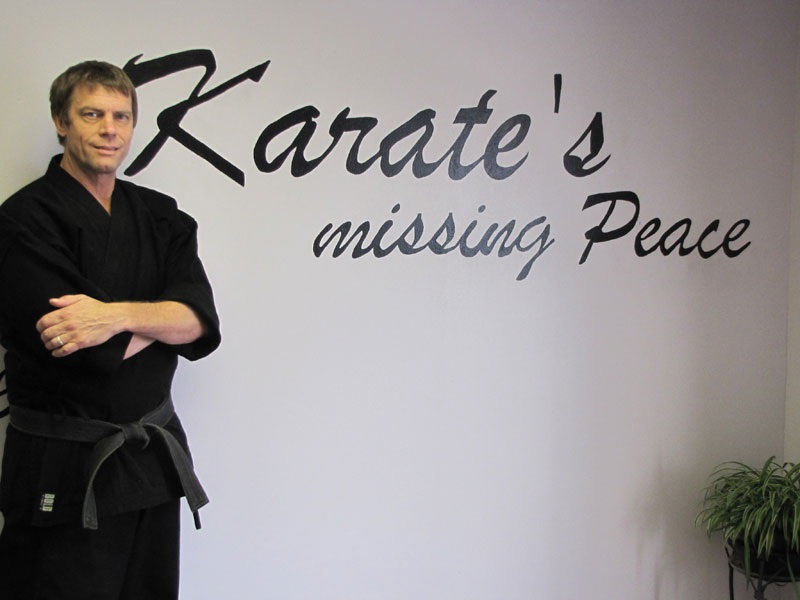
image courtesy of Mario Morone
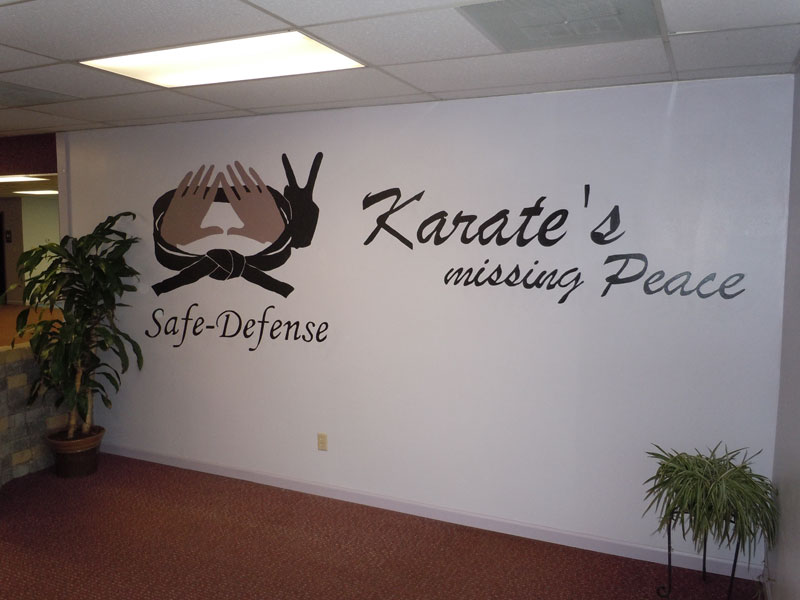
image courtesy of Mario Morone
| Brought to you by: |

|

|

|
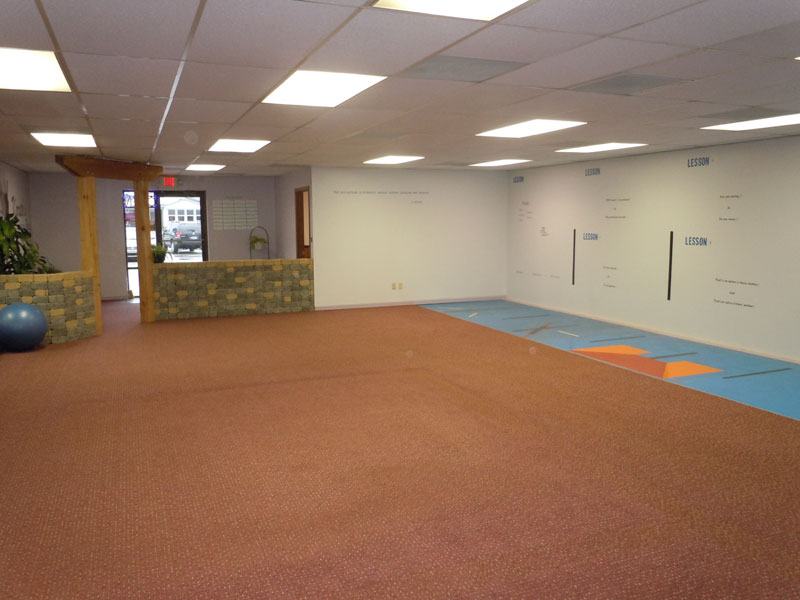
image courtesy of Mario Morone
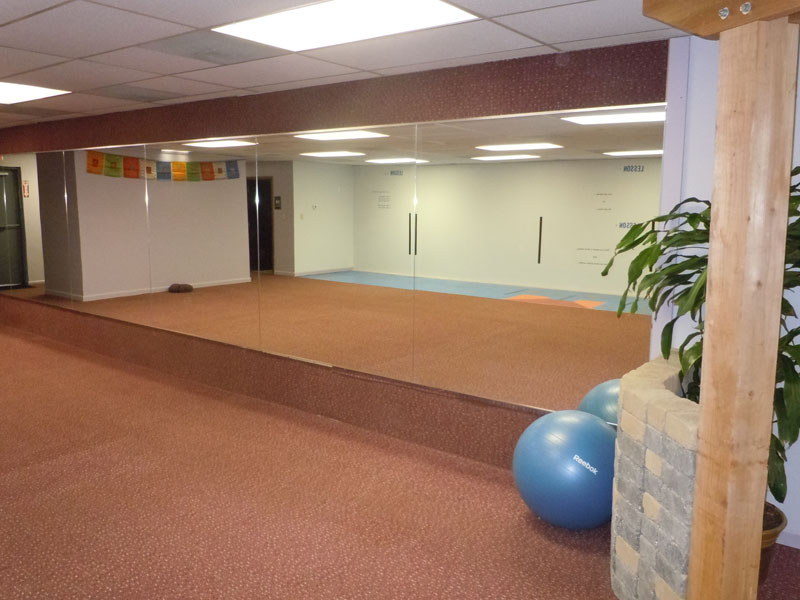
image courtesy of Mario Morone
| Brought to you by: |

|

|

|
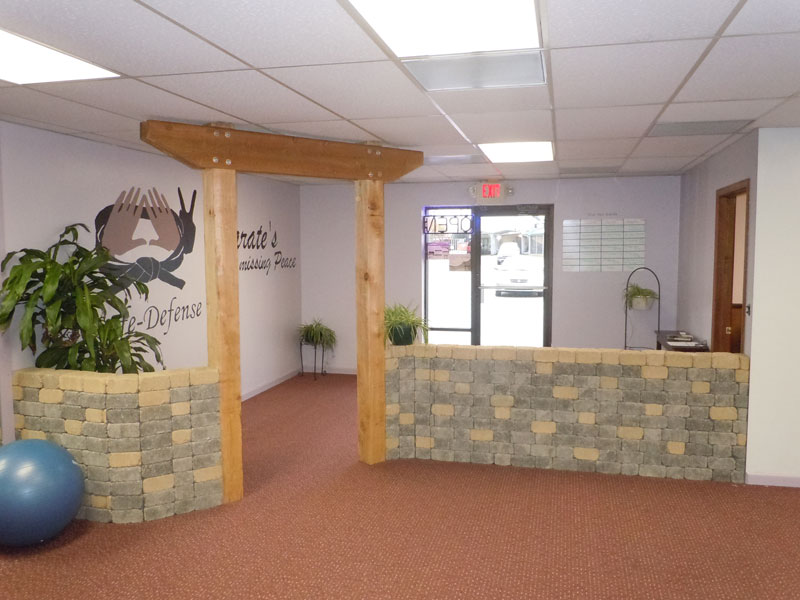
image courtesy of Mario Morone
mario@broadripplegazette.com

|

|

|
| Brought to you by: |


